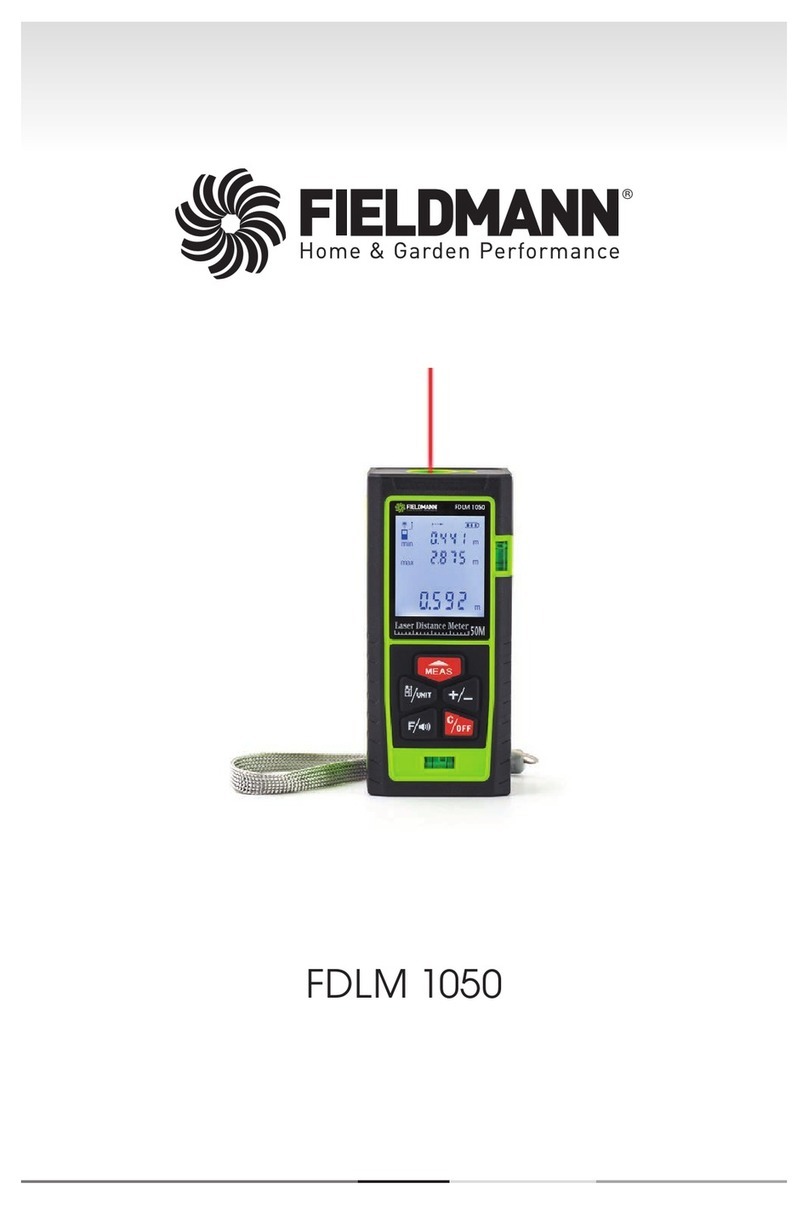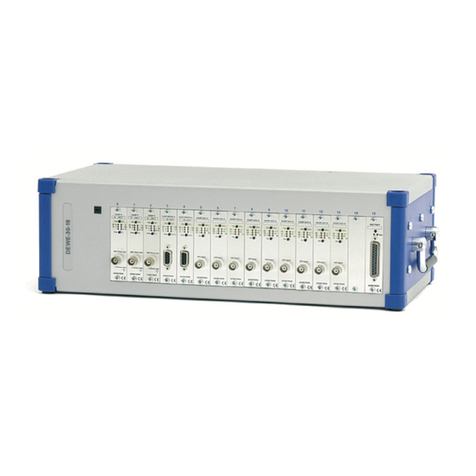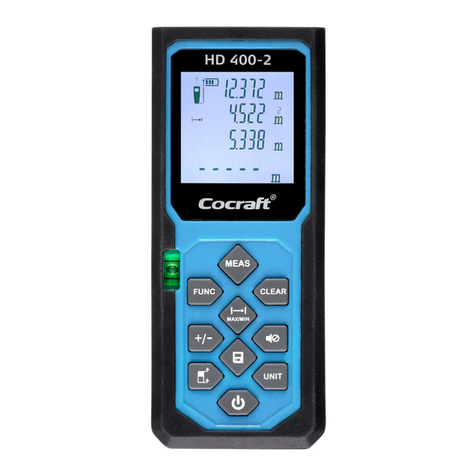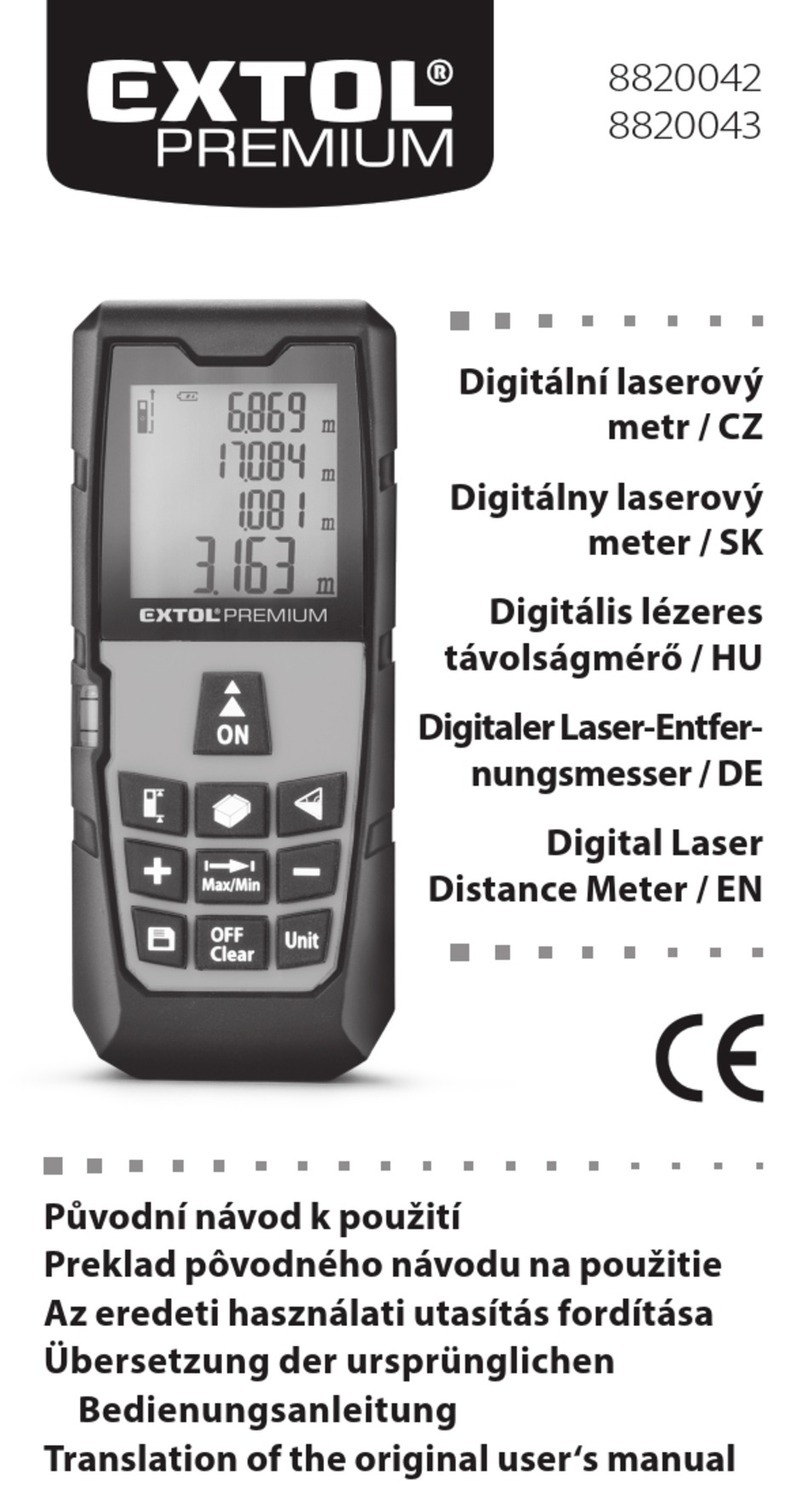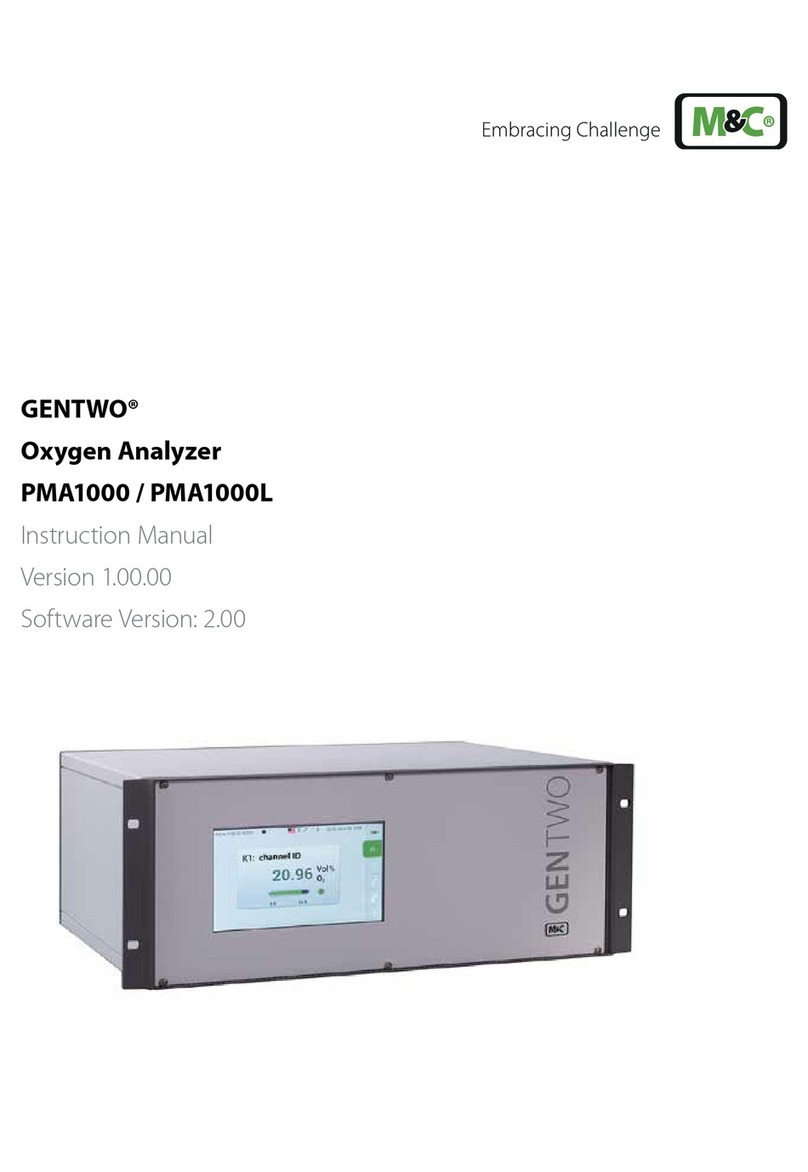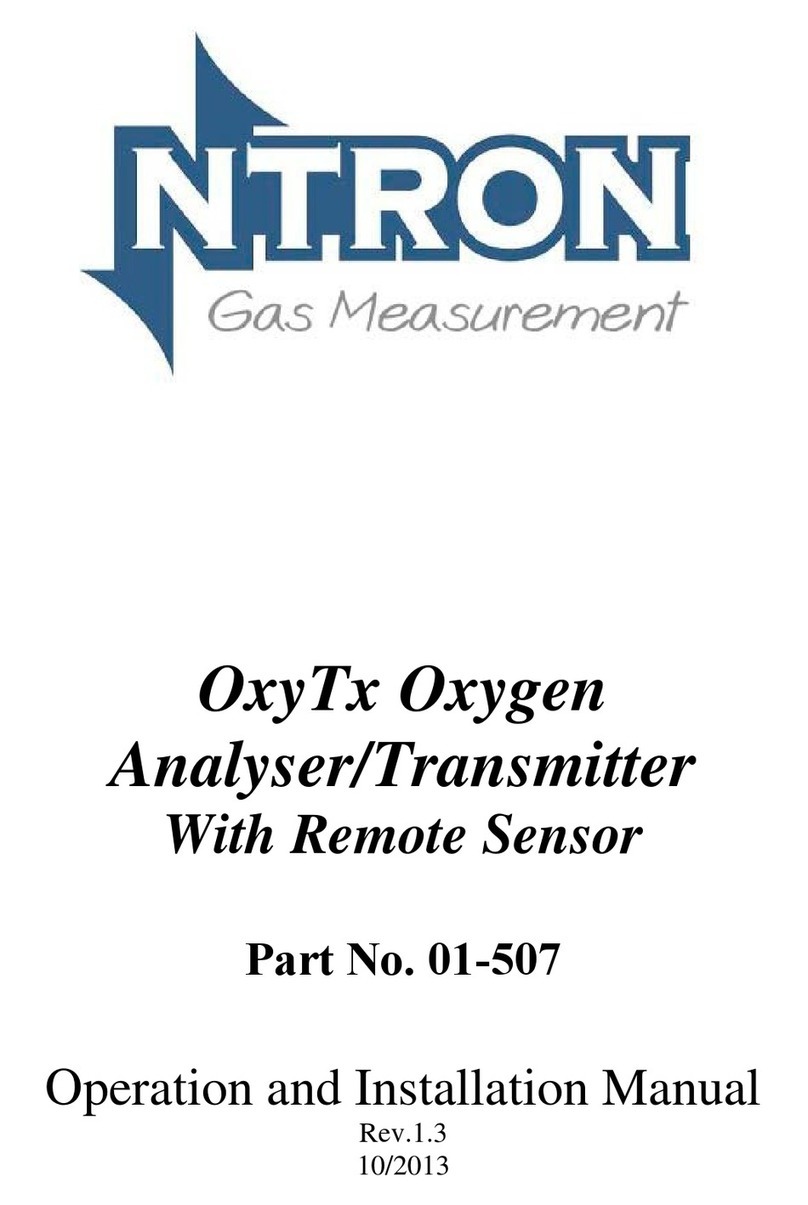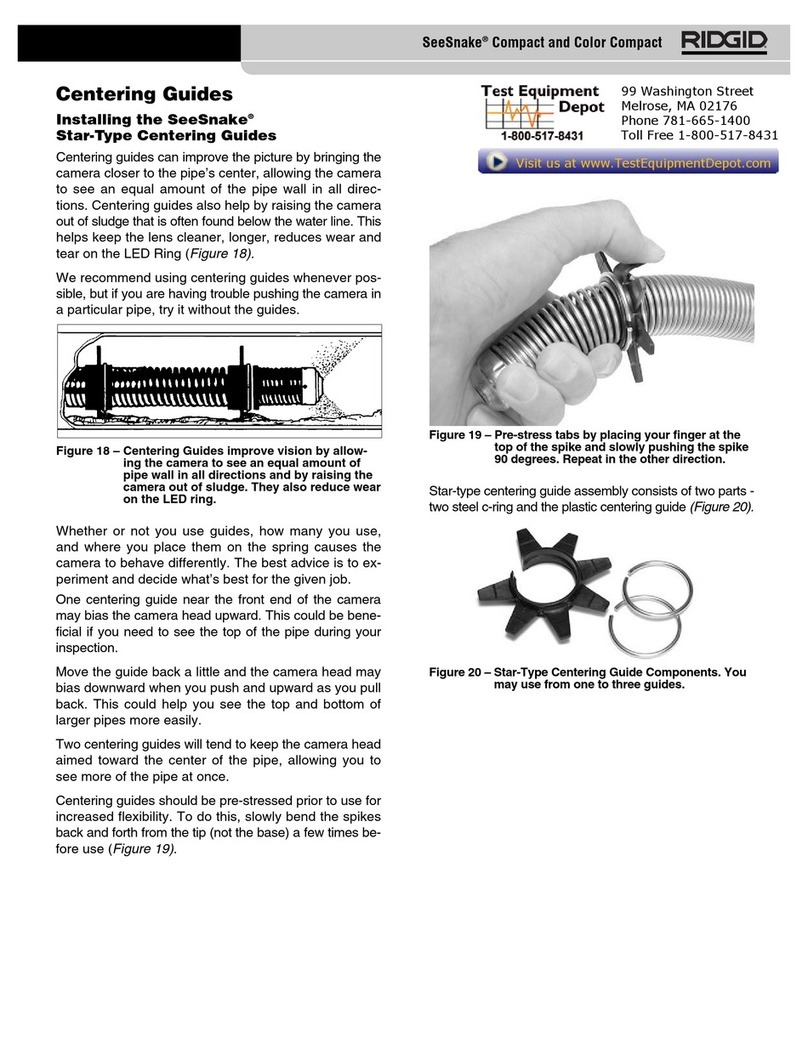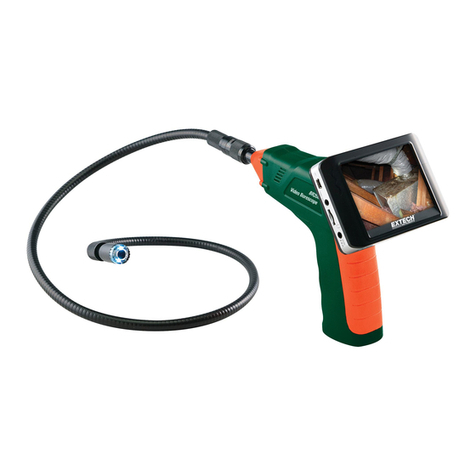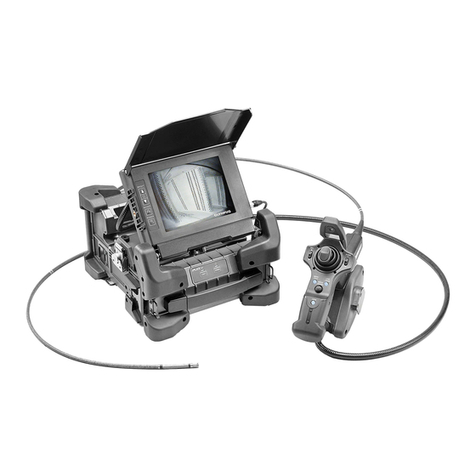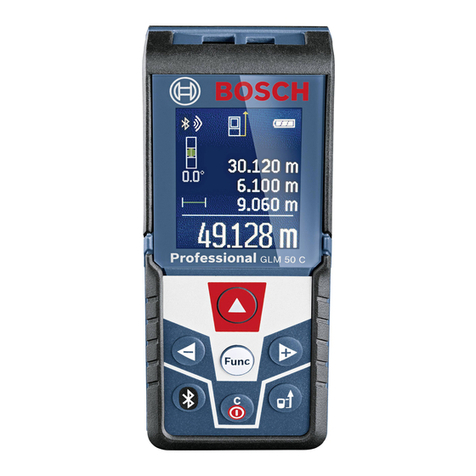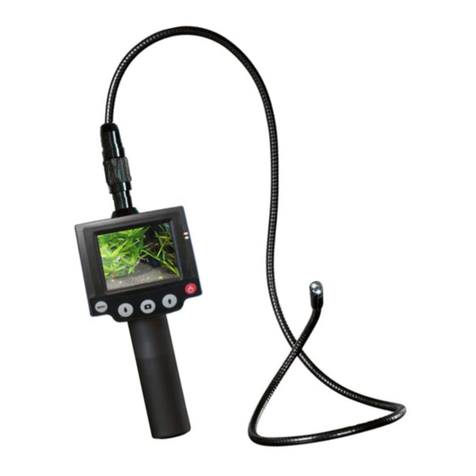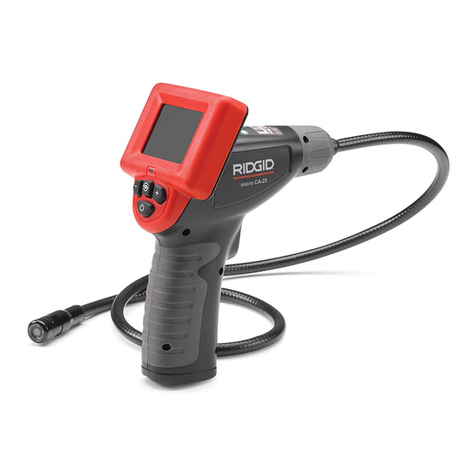1Introduction ................................................................................5
1.1 MICROX MODULE ................................................................ 5
1.2 OPERATION...........................................................................
1.3 SENSOR INPUTS .................................................................. 6
2Specification...............................................................................7
3MICROX Module.........................................................................8
3.1 FUSES................................................................................. 8
3.2 MOUNTING OPTIONS............................................................ 8
3.3 FIELD CONNECTIONS........................................................... 9
3.4 RECOMMENDED SAMPLING SYSTEM PIPING #1.................. 12
(FOR STUB TUBE TYPE SENSOR CONNECTION)...................... 12
3.5 RECOMMENDED SAMPLING SYSTEM PIPING #2........................ 13
3.6 RS232 CONNECTIONS.......................................................... 14
3.7 ANALOGUE OUTPUT........................................................... 14
4Software Features....................................................................15
4.1 PASSWORD....................................................................... 15
4.2 MENU OPTIONS AND PASSWORD ASSIGNMENTS................... 16
4.2.1 Menu 1 –Calibrate sensor ....................................... 18
4.2.2 Menu 2 –Analogue output FSD............................... 19
4.2.3 Menu 3 –Set 4 mA output........................................ 19
4.2.4 Menu 4 –Set 20 mA output...................................... 20
4.2.5 Menu 5 –Analogue Output Simulation................... 20
4.2.6 Menu 6 –Factory Restore ........................................ 21
4.2.7 No Function............................................................... 22
4.2.8 Menu 8 - Diagnostics................................................ 22
4.2.9 Menu 9 –Factory Only.............................................. 23
4.2.10 Menu 10 –Zero offset............................................... 23
4.2.11 Menu 11 –PPM sensor Gain.................................... 24
4.2.12 Menu 12 –% vol sensor gain................................... 25
4.2.13 Menu 13 –Sensor damping ..................................... 26
4.2.14 Menu 14 –New sensor data..................................... 26
4.2.15 Menu 15 –Electronics zero...................................... 27
4.2.16 Menu 16 –Noise Rejection....................................... 28
4.2.17 Menu 17 –Relay........................................................ 29
4.2.18 Menu 18 –Alarm levels ............................................ 30
4.2.19 Menu 19 –Alarm hysteresis..................................... 30
4.2.20 Menu 20...................................................................... 31
